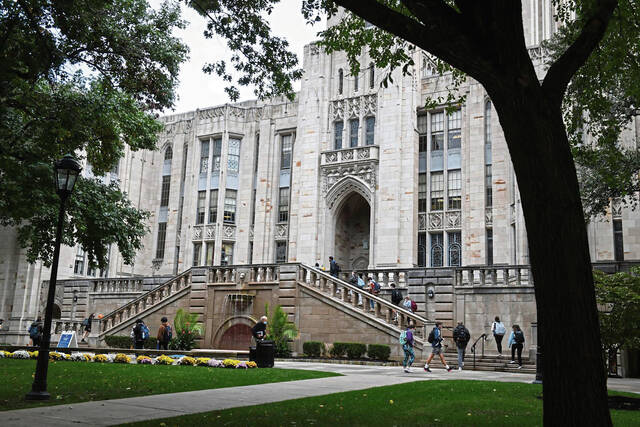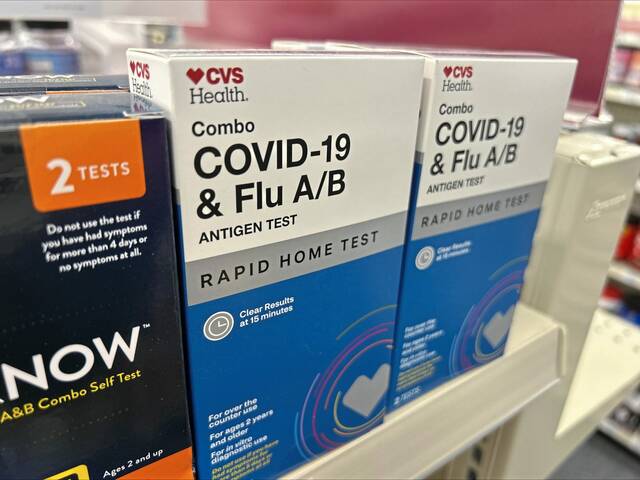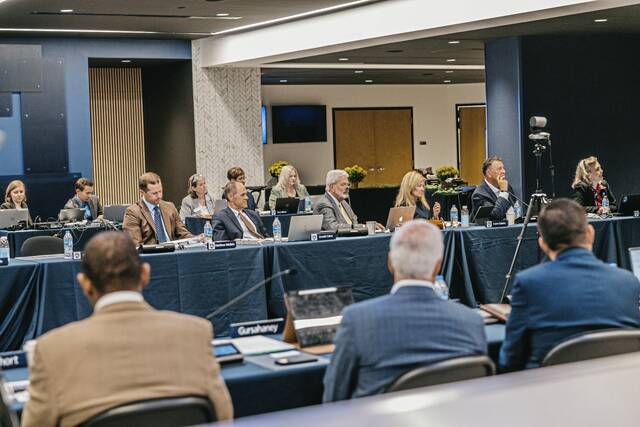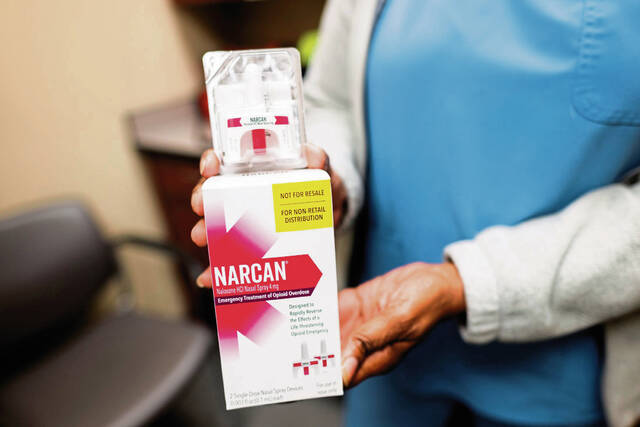Millions of college students who receive the federal need-based Pell Grant will see the yearly maximum award increase by $500 to $7,395 this fall, the largest boost in a decade and the second increase in two years.
The boost is tucked into the $1.7 trillion omnibus spending bill to operate the federal government this fiscal year. Congress passed the package and it was signed into law by President Joe Biden late last year.
The change is being praised by higher education groups and others advocating for greater college access for students from low- and low-to-middle-income households.
It also comes as the Biden administration’s plan to forgive up to $20,000 in student loans owed by tens of millions of the neediest college students remains mired in legal challenges. The U.S. Supreme Court is expected to hear arguments in the debt relief plan Feb. 28. The high court’s decision is expected in the spring.
U.S. Education Secretary Miguel Cardona said the Pell increase and other educational provisions in the omnibus bill will help establish additional career pathways for high school graduates and improve retention and college completion rates, in particular among those most vulnerable to rising campus tuition and fees.
This year’s $500 increase, taken together with last year’s $400 boost, represents the largest gain in the program’s half-century history.
The Pell component “will help more students access college or career training,” Cardona said in a statement. “This lays the groundwork for doubling the grant by 2029.”
Nationwide, more than 6.5 million Pell grants of varying sizes are awarded annually to undergraduates with financial need who have not yet earned a bachelor’s degree, according to the National Association of Student Financial Aid Administrators in Washington, D.C.
The grant is considered a cornerstone federal aid program, which unlike loans do not have to be repaid. Roughly three-quarters of recipients are from households with incomes of $40,000 or less, while two-thirds are from households making $30,000 or less.
Students, families and higher education groups have said the award for many years has not kept pace with rising campus costs. In 2012-13, the award maximum was $5,500. The maximum award in 2022-23 stands at $6,895, with actual awards expected to range from that amount for those with the most need to as low as $692, according to the financial aid administrators association.
The award can be applied to tuition, fees, room and board and other costs including transportation that make up the total cost to attend, officials said.
It can be make-or-break for students who have little financial cushion and can see their classroom plans suddenly imperiled, said Terry Hartle, senior vice president for government relations and public affairs with the Washington, D.C.-based American Council on Education, an umbrella group that advocates for higher education.
“This is going to help an awful lot of students, particularly students going to community colleges,” he said. “A lot of people find their college plans interrupted because of an unexpected expense.”
The numbers suggest that across the 10 member universities of the State System of Higher Education, a Pennsylvania undergraduate with maximum need will see the Pell grant potentially cover all but $321 of the system’s base $7,716 tuition, which has been frozen at that rate for four years. Total tuition and fees not counting room and board across the system average $11,149.
At the University of Pittsburgh, the increase will have implications for a program introduced in 2019 that university leaders say has been helping to improve retention for students struggling with costs. It just grew in potential value because of the new Pell award maximum.
“Pitt Success Pell Match Program will continue to match Pell recipients through the 2023-2024 academic cycle up to the new amount in the omnibus bill of $7,395,” Pitt spokesman Jared Stonesifer confirmed Wednesday.
About 5,000 students on Pitt’s main campus and regional branches at Bradford, Greensburg, Johnstown and Titusville receive Pell awards.
Pitt Chancellor Patrick Gallagher unveiled the dollar-for-dollar Pell match in February 2019. It was part of the largest financial aid restructuring in the university’s 236-year history. Initially, Pitt planned to invest $25 million to support the Pell matches.
“We want any prospective student with the desire and the qualifications to be able to attend the University of Pittsburgh and succeed,” Gallagher said at the time. “This program is one means to that end.”








